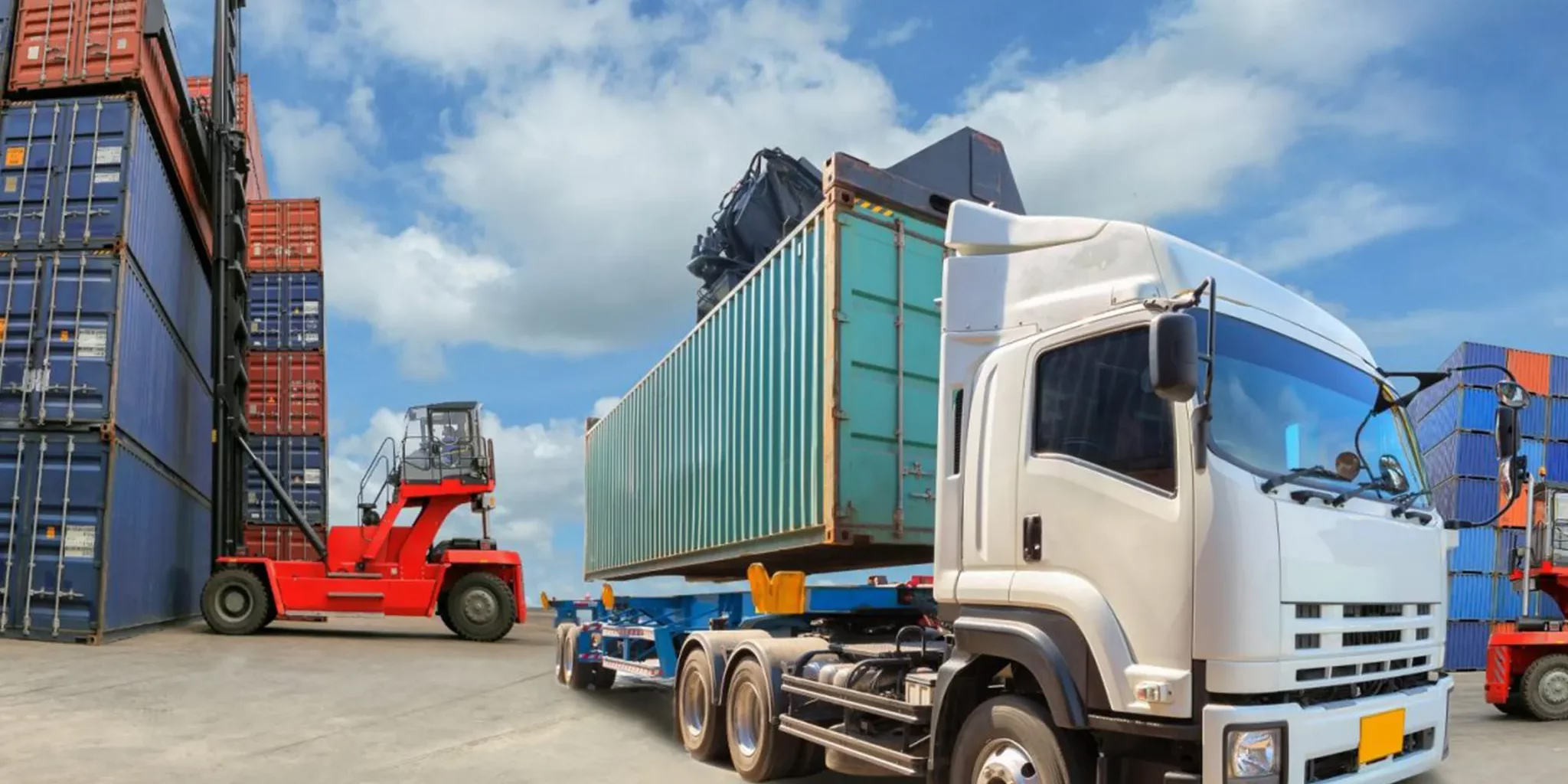In the ever-evolving landscape of global trade and commerce, logistics and freight forwarders stand out as two key players that businesses continually seek to streamline their operations and enhance efficiency. Let’s delve into the significance of these terms and explore how the synergy between logistics and freight forwarders can propel your business to new heights.
Key Components of Logistics:
Transportation: Efficient transportation is crucial for timely deliveries. Logistics professionals optimize routes, choose the right carriers, and ensure a seamless flow of goods.
Warehousing: Proper storage and distribution are essential. Logistics includes managing warehouses to ensure that goods are stored appropriately and can be easily retrieved when needed.
Inventory Management: Balancing supply and demand requires meticulous inventory control. experts use advanced systems to keep track of stock levels and reorder products as needed.
Information Flow: Timely and accurate information is vital. Logistics involves real-time tracking of shipments, communication with suppliers, and coordination among various stakeholders.
The Role of Freight Forwarders:
Enter freight forwarders, the unsung heroes of international trade. A freight forwarder acts as an intermediary between the shipper and various transportation services. Their role extends beyond mere transportation – they are orchestrators of a smooth and efficient shipping process.
Key Functions of Freight Forwarders:
Documentation and Customs Clearance: Navigating the complex web of international shipping requires expertise in documentation and customs procedures. Freight forwarders ensure all paperwork is in order, facilitating a hassle-free customs clearance process.
Multi-Modal Transportation: Freight forwarders have a broad network of carriers and can seamlessly integrate various modes of transportation – be it air, sea, or land – to optimize the shipping route.
Risk Management: From insurance coverage to secure packaging, freight forwarders minimize the risks associated with shipping, ensuring that your goods reach their destination intact and on time.
Cost Efficiency: Leveraging their industry knowledge and negotiating skills, freight forwarders secure competitive shipping rates, helping businesses reduce overall transportation costs.
The Synergy: Logistics and Freight Forwarders Working in Tandem:
The seamless coordination between logistics and freight forwarders is where the magic happens. By integrating these two elements, businesses can create a supply chain that is not only efficient but also agile and responsive to market demands.
Benefits of the Logistics and Freight Forwarder Partnership:
Global Reach: Freight forwarders extend a business’s reach by providing access to a global network of carriers and agents, making international trade more accessible.
Time Savings: Logistics and freight forwarders collectively save time by handling the intricacies of shipping, allowing businesses to focus on core activities.
Cost Optimization: The collaborative efforts of logistics and freight forwarders result in cost-effective transportation solutions, ultimately improving the bottom line.
Risk Mitigation: With experts managing the entire shipping process, businesses can minimize risks related to delays, damages, or regulatory issues.
Choosing the Right Logistics and Freight Forwarder:
Selecting the right partners is critical. Businesses should look for experienced logistics and freight forwarders with a proven track record. Consider factors such as industry-specific expertise, global reach, and the ability to adapt to evolving market conditions.
In conclusion, the dynamic interplay between logistics and freight forwarders is integral to achieving operational excellence in today’s competitive business landscape. By understanding the roles each plays and selecting the right partners, businesses can not only meet but exceed customer expectations while staying agile in the face of global challenges. It’s time to unlock the full potential of your business with a robust logistics and freight forwarding strategy.

